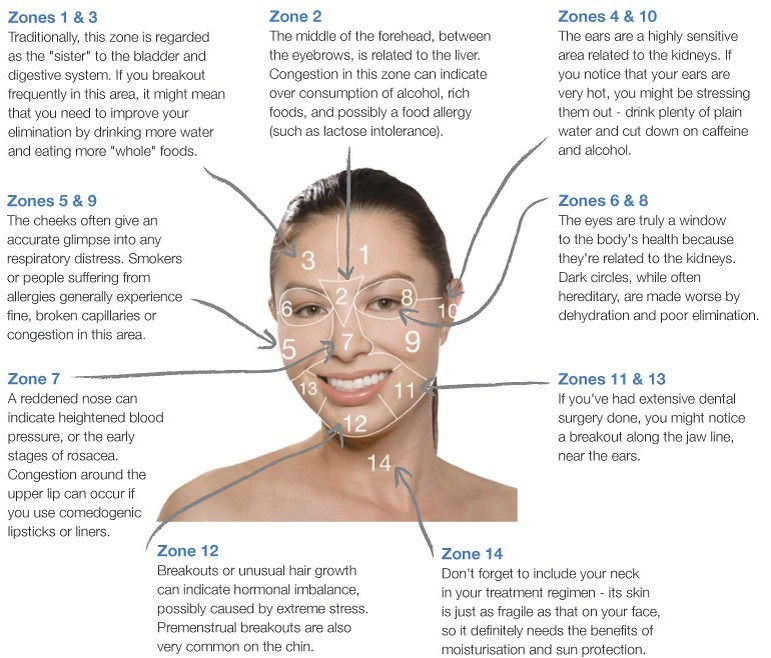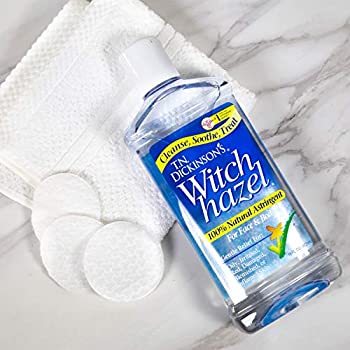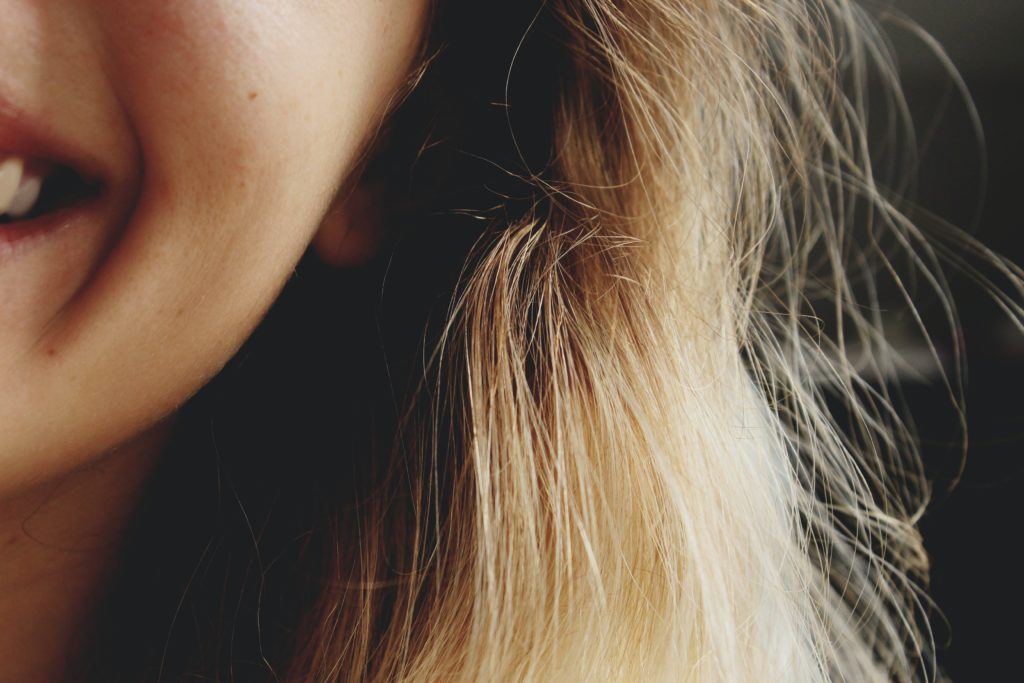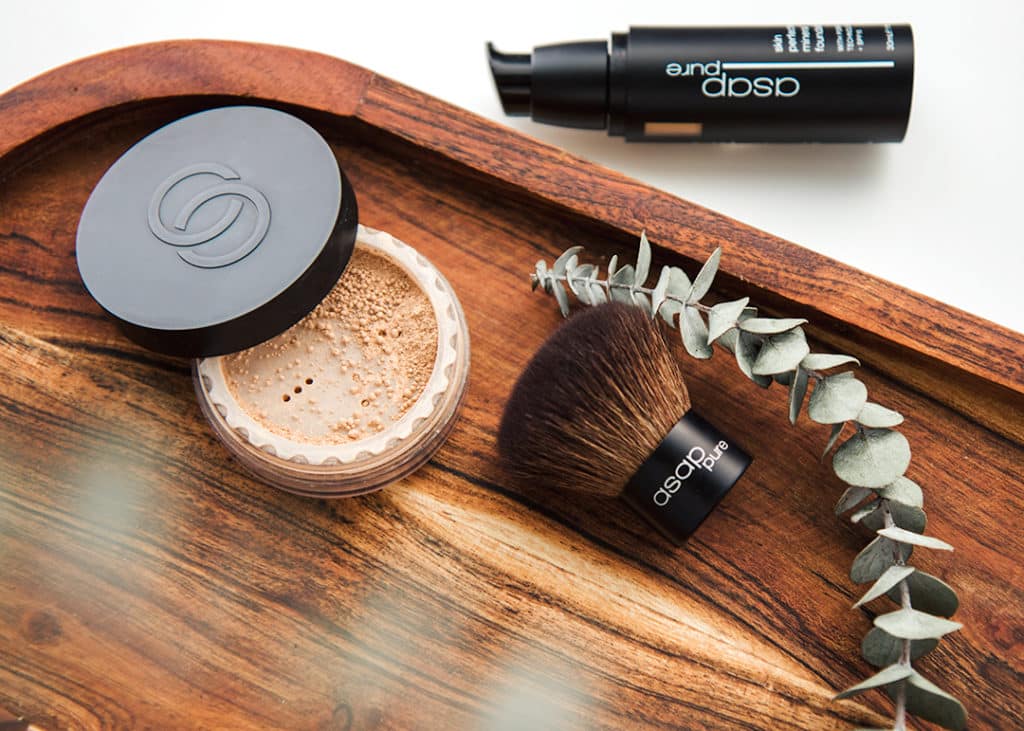Figuring out why we break out is one of the most frustrating things to navigate. We can cast the blame on dirty pillows and mobile phones, but we can’t be overlooking the messages our organs and hormones are sending us. With so many environmental factors, such as stress, weather, dehydration, and processed food, it’s overwhelming to think that our whole life needs an overhaul in order to get to the bottom of our breakouts. It’s important to have all the information so that we can go after our breakouts with knowledge and consistency.
Diagnosing your Acne with Face-Mapping
Face mapping traditionally stems from ancient Chinese medicine.
Back in the day, it was used as a diagnostic tool for prominent leaders who believed that the face represented the fortune, health and energy. By closely closely examining the condition of the skin and facial shape, like a sleuth you could read a person’s character including their physical, mental and emotional state.
In Face-Mapping, the face is divided into three main zones – upper, middle and lower. Any malfunctions within the organs and the systems – immune, excretory, endocrine, digestive, circulatory, nervous and respiratory – will show up on the face in the form of breakouts, redness, dryness or irritation.

1. Brow Line
Excess makeup, such as brow pencil and concealer, that isn’t properly washed off at night can result in breakouts above the eyebrows. Additionally, acne can occur from waxing the brows, as this can inflame the skin. This is also a hotbed for hormonal flare-ups during puberty. Hormonal imbalances and poor regulation can spark brow blemishes.
2. Forehead
The most common cause of forehead breakouts is hair products, such as conditioner and styling products. Oily or waxy hair products can spread to the nearby skin and block pores. When this happens, it is called pomade acne and can affect both males and females with any skin type.
Bladder and digestive system issues, such as dehydration and over-consumption of processed food and sugars, also trigger forehead acne. If you are an anxious person, a spike in cortisol can also prompt a forehead breakout, along with insufficient sleep.

3. In Between Brows
Brows are one of the most noticeable face-framing features we have and frequently one of the facial characteristics people notice on first glance. The brow-obsessed know how imperative it is to stick to a strict grooming schedule and keep their go-to brow products in their back pocket at all times. On that note, acne between your eyebrows is quite annoying—but it’s also incredibly common and largely boils down to one thing: “The blockage of the duct between the oil gland and the skin surface,” explains board-certified dermatologist Craig Kraffert, MD.
The T-Zone Explained
This area is heavy in oil glands (sebaceous glands) and is the foundation of the T-zone. The T-zone is the area that spans between the brows, the nose and the chin, but can also fan out to the jawline and cheeks (which become the U-zone)
An overproduction of sebum is most commonly linked to hormonal changes and the 3P’s: PMS, Pregnancy and PCOS. Instinctively we exfoliate when we’re feeling oilier than usual, but it’s super important to not let the scrubbing become out-of -control. Over-exfoliation can confuse the skin and ramp up the oil production to counteract stripping the skin’s natural oils. Vigorous scrubbing can cause infection if applied to active breakouts. A simple and effective routine would be to apply a natural astringent such as Witch Hazel to the affected breakout to help kill bacteria. Apply a gentle moisturiser after application.
If you find yourself breaking out between the brows, your diet could be causing a domino effect with your liver and your T-zone area. Consider some healthier choices with your diet (like avoiding dairy), which can help make a difference. Kraffert brings up the importance of maintaining a diet that incorporates fatty, omega-rich fish, such as salmon, which support skin health (though it’s not proven to support acne specifically). And he says milk consumption, especially skim milk, is correlated with an increase in acne risk.
Make sure to drink a lot of water if you find yourself breaking out in this area. The gallbladder is also linked to the eyebrows, so it’s recommended to look deeper into this if the acne persists

4. Ears/Temples
Your ears and temples contain oil glands that are usually compromised by hair products and dirt that clog pores and sebaceous glands. This area is also prone to eczema breakouts.
Blemishes around the ears and temples are also a reflection of kidney function. Be sure to maintain a good level of hydration and swap out the vodka for green tea to bring your inner filtration to a happy medium.
5. Cheeks
You can definitely cast blame to dirty pillowcases and mobiles if you are seeing breakouts on one side of the face. Dirty makeup sponges and brushes are also guilty and this is why it is so important to be following a routine beauty brush blitz regularly. The upper cheek is linked to the lungs and the lower cheek is linked to the mouth. Gingivitis, smoking, halitosis, and bronchitis all show up on the cheeks.

6. Under-eyes
Sleep, sleep, sleep! Breakouts in this area are caused by a lack of sleep and water intake. Keep an eye on an over-productive tear gland, rubbing your eyes, leftover makeup, and allergies. This is also where a lot of eye cream allergies show up, as well as food allergies.
7. Nose
A broken heart, poor circulation, indigestion, and high blood pressure all show on the nose either on top or close to the nostrils. Keep an eye on your blood pressure, secondhand smoke, and stress.
Spicy foods can also cause a breakout on your nostrils!
8. Jawline
Jawline acne is a good indicator of fluctuating hormones. Both women and men have adrenal glands which produce a hormone called DHEA-S. Studies have shown that women with adult acne have moderately elevated levels of DHEA-S. An unusually high increase in oestrogen can cause clusters along the jawline and chin. Research has found that up to 85% of women with acne suffer worse outbreaks in the days before menstruation.
A good indicator that your diet needs an overhaul is stubborn acne along the jawline. This is where malabsorption, overeating, and liver issues can appear. The process of elimination is key: Foods such as gluten, dairy, caffeine and sugar can lead to breakouts of acne and eczema along the jawline.
9. Chin
The chin corresponds to the small and large intestine. If you’re not digesting a certain food properly, it can show up on the chin. Keep an eye on alcohol and caffeine as well, as these can both lead to dehydration, another culprit of chin acne.
10. Neck
Liver, (high) progesterone levels, and ovaries. The neck can also be a hotbed for hyper-pigmentation during pregnancy and sunlight exposure. This can also be due to an inflammatory response to detergent, pillowcases, or animal allergies.

A non-comedogenic foundation will help to even out your skin tone for a perfect makeup canvas without causing congestion.
Great skin starts with great skincare. Before starting a new skincare routine or purchasing new products, look to the root cause of the problem. Seeking advice from your dermatologist or gynaecologist is a great start. Follow us at @sunnybank_obgyn to learn more.








